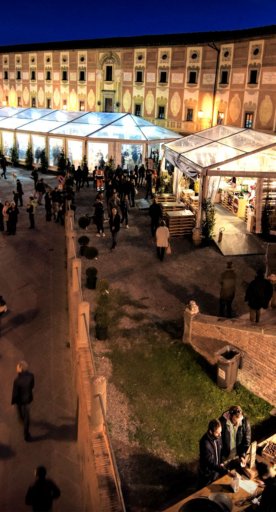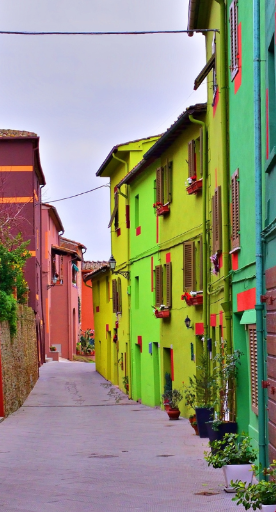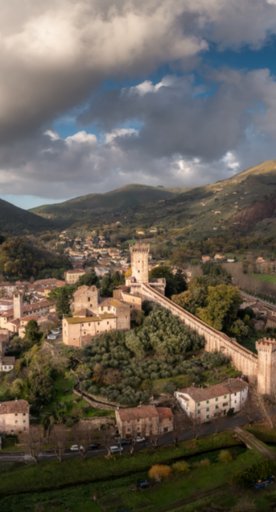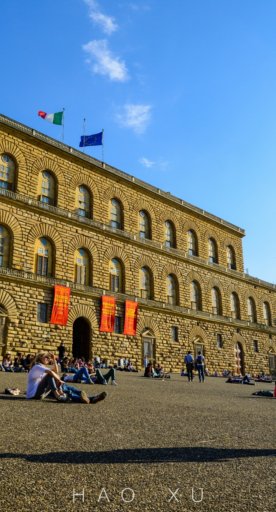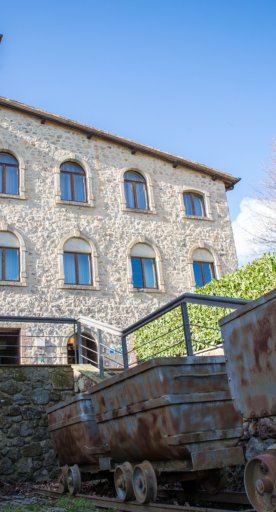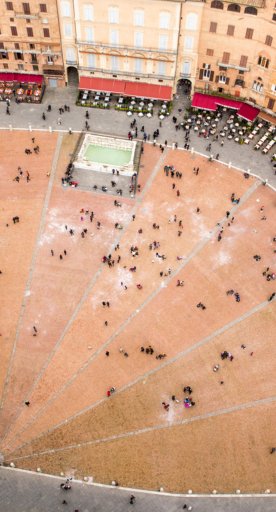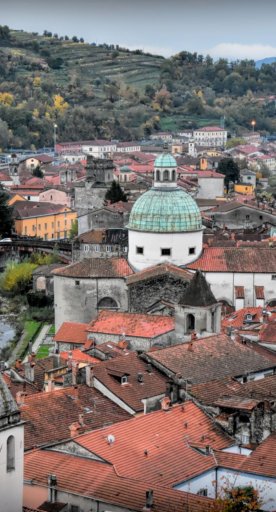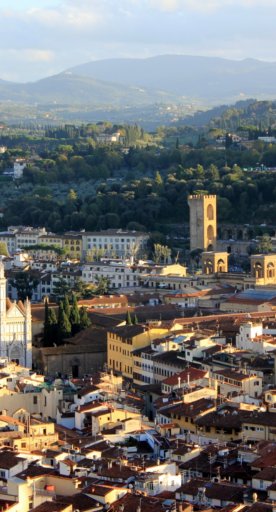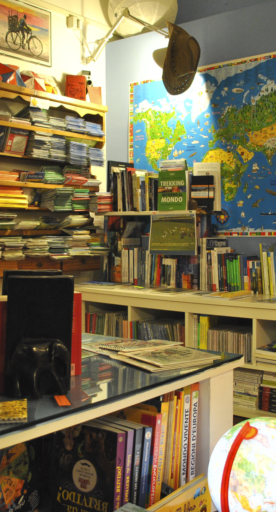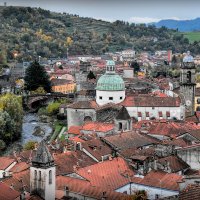

The most beautiful churches in Valdarno
A journey through art, history and spirituality
With its rich history and enchanting landscape, the Valdarno area counts many churches of great artistic and spiritual value. In addition to the famous Parish Churches, such as the Pieve di Gropina and Badia di Soffena, many quaint places of worship tell stories dating back thousands of years, enriched by extraordinary works of art. Let’s explore the most beautiful and fascinating churches in Valdarno ...
-
1.San Giovanni Valdarno: art and mysteries in the city’s churches
-
2.Montevarchi: historic churches and local devotion
-
3.Terranuova Bracciolini: where sacred art meets tradition
-
4.Castelfranco Piandiscò: parish churches and striking panoramas
-
5.Loro Ciuffenna: hidden treasures and a thousand-year history
-
6.Bucine: a heritage of art and spirituality
-
7.Laterina Pergine Valdarno: tradition and restoration
-
8.Cavriglia: history and spirituality among the villages
San Giovanni Valdarno: art and mysteries in the city’s churches
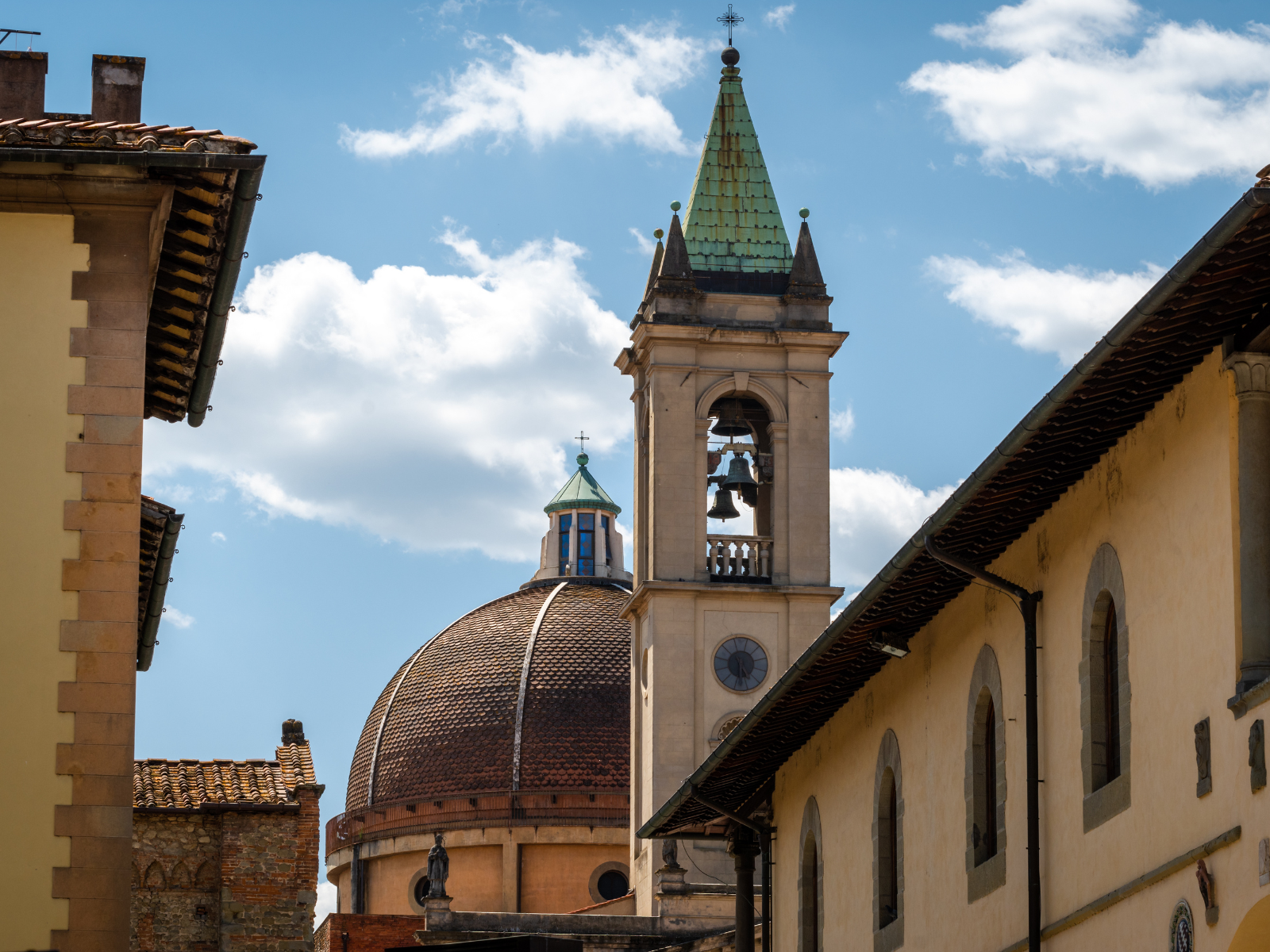
With its fascinating history, San Giovanni Valdarno is home to churches that tell of centuries of art and spirituality.
The Church of Santissima Annunziata, once a hospital and later a monastery, preserves precious works of art, including canvases by Antonio Puglieschi and a painting of the Madonna and Child, attributed to the Master of the Castello Nativity.
Located in Piazza Masaccio, the Basilica of Santa Maria delle Grazie was constructed in 1484 following a miracle attributed to Monna Tancia. With an elegant façade and a soaring bell tower, the interior holds 17ᵗʰ-century frescoes and Beato Angelico’s famous painting of the Annunciation, preserved in the Basilica Museum.
The Church of San Lorenzo, rather, dates back to the 14ᵗʰ century and is famous due to a mysterious find in 1780, when a mummified body was discovered within the walls. Legend has it that it was a penitent or punished friar.
Montevarchi: historic churches and local devotion
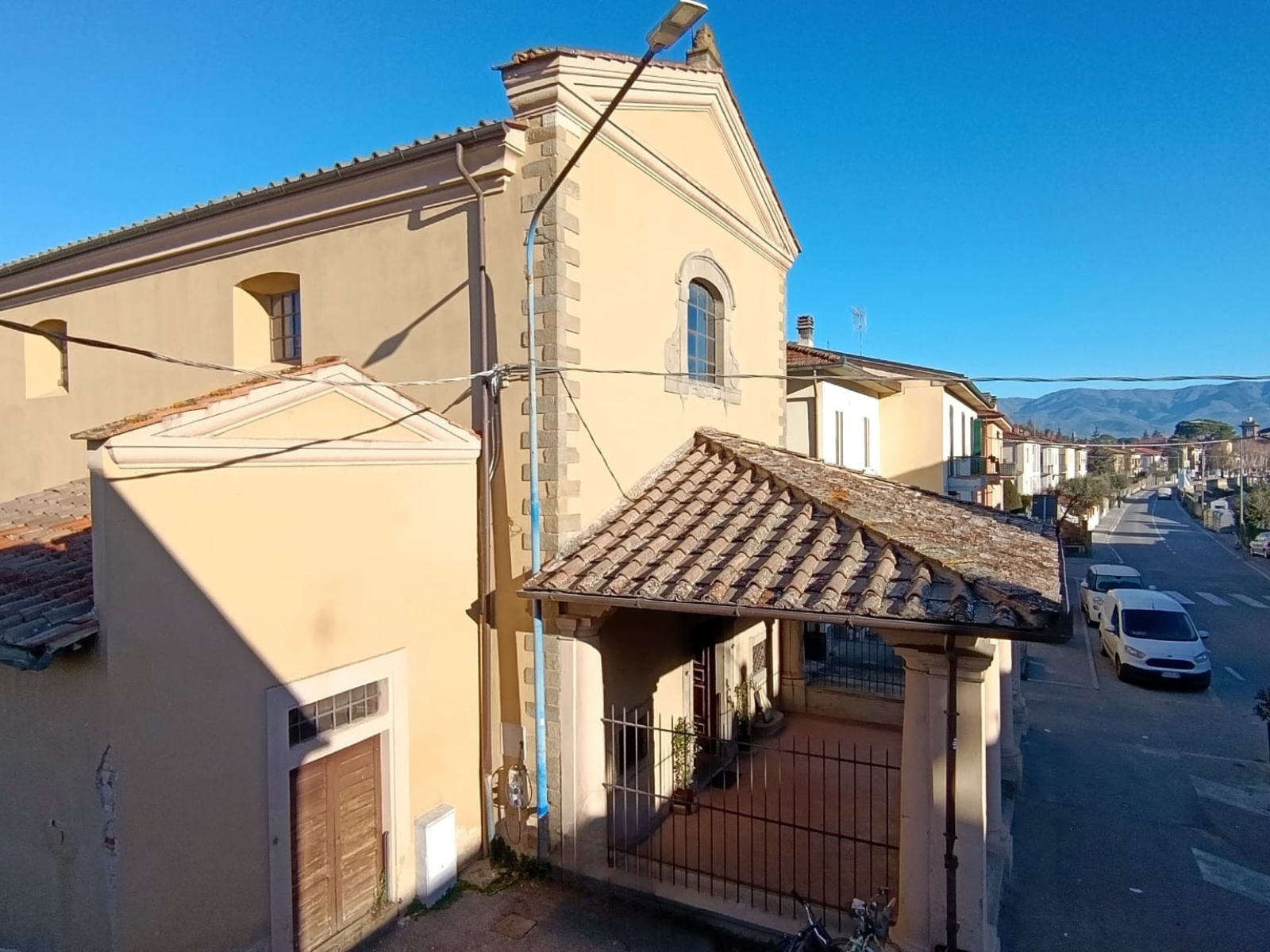
Montevarchi offers an itinerary rich in religious history and sacred art.
The Church of Santa Maria del Giglio, built in 1621, holds the miraculous image of Madonna del Ponte and features a Latin-cross nave and a 15-arched loggia.
The 13ᵗʰ-century Collegiate Church of San Lorenzo boasts a Romanesque-Gothic structure constructed in the 14ᵗʰ century and houses frescoes by Sagrestani and Bonechi, dedicated to the life of San Lorenzo, along with a marble group by Baratta.
In the hamlet of Pestello, you can visit the Church of Santa Maria delle Grazie, founded in 1680 and bearing a fresco of the Holy Family from the Florentine school as well as two 14ᵗʰ-century bells.
Terranuova Bracciolini: where sacred art meets tradition
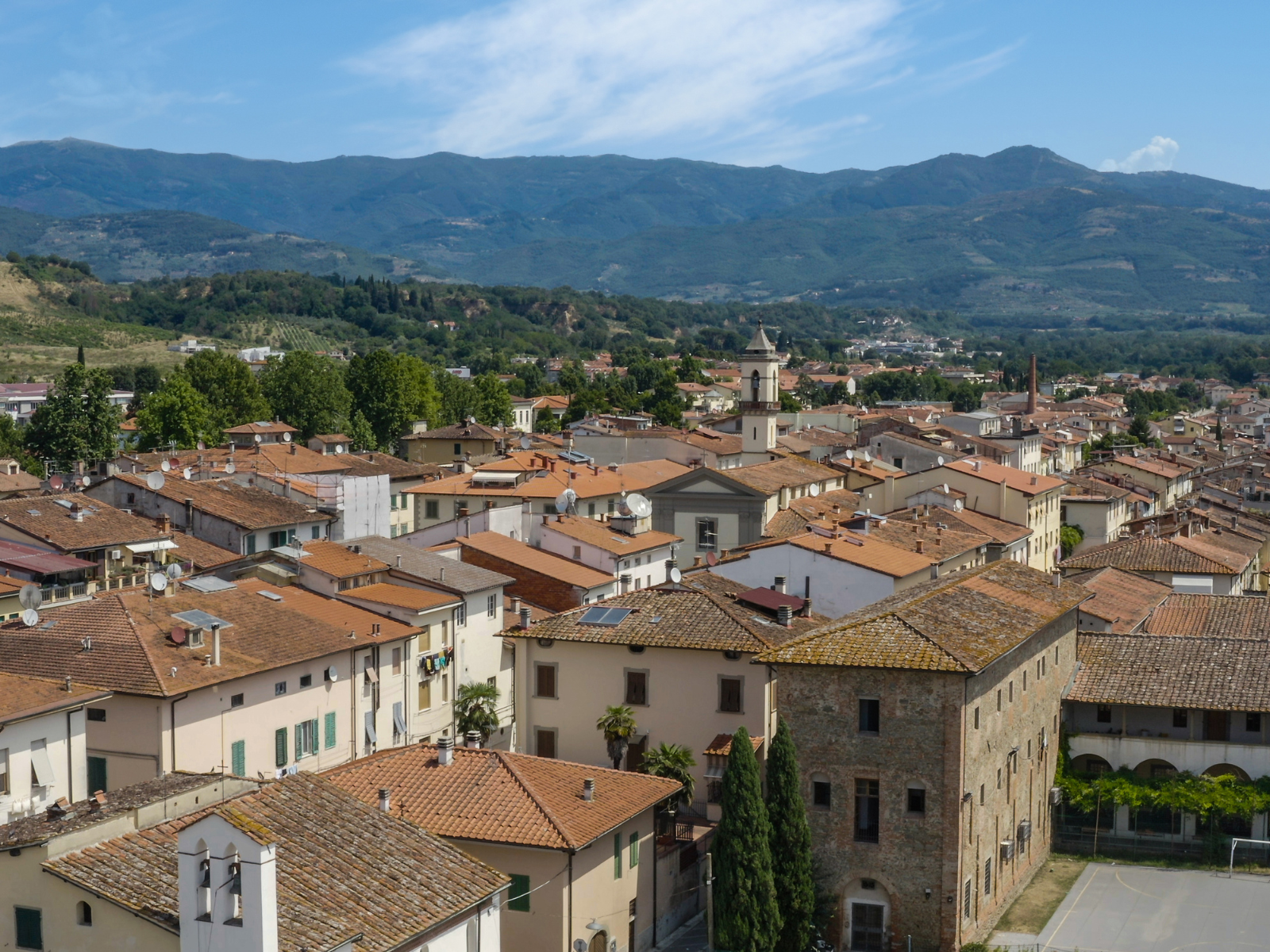
Terranuova Bracciolini is home to churches that are true artistic and spiritual treasures.
The Pieve di San Lorenzo in Piantravigne preserves the oldest painting of the Madonna in the Valdarno Superiore area, dating back to the 13ᵗʰ century and recently restored.
In Montemarciano, the Oratory of Madonna delle Grazie was built to house a miraculous tabernacle and contains a fresco depicting the Madonna and Child, initially attributed to Masaccio but now recognized as the work of Francesco D’Antonio.
Completing the list is the Church of Santa Maria Bambina, founded in the 14ᵗʰ century and becoming a Parish Church in 1443. Today, it houses 18ᵗʰ-century canvases and Giovanni della Robbia’s Pietà, as well as an urn with the relics of Saint Titus.
Castelfranco Piandiscò: parish churches and striking panoramas
Castelfranco Pian di Scò offers churches that combine religious history and breathtaking vistas.
The Chapel of the Immacolata Concezione in Casabiondo is a petite Baroque chapel with spectacular views of the Valdarno Fiorentino and Aretino territory.
Dating back to the 12ᵗʰ century and restored in the 1950s, the Church of San Michele presents unique features, such as large wooden chairs instead of pews and a fresco in the apse depicting Saint Michael and Saint Augustine. During Christmas, an expansive nativity scene is set up here.
Loro Ciuffenna: hidden treasures and a thousand-year history
Loro Ciuffenna guards a church with a long history—the Pieve di San Giustino dating back to the 13ᵗʰ century, originally an aristocratic chapel belonging to the Guidi family, became a Parish Church in 1275. The bell gable tower, although redone, retains its ancient appearance.
Bucine: a heritage of art and spirituality
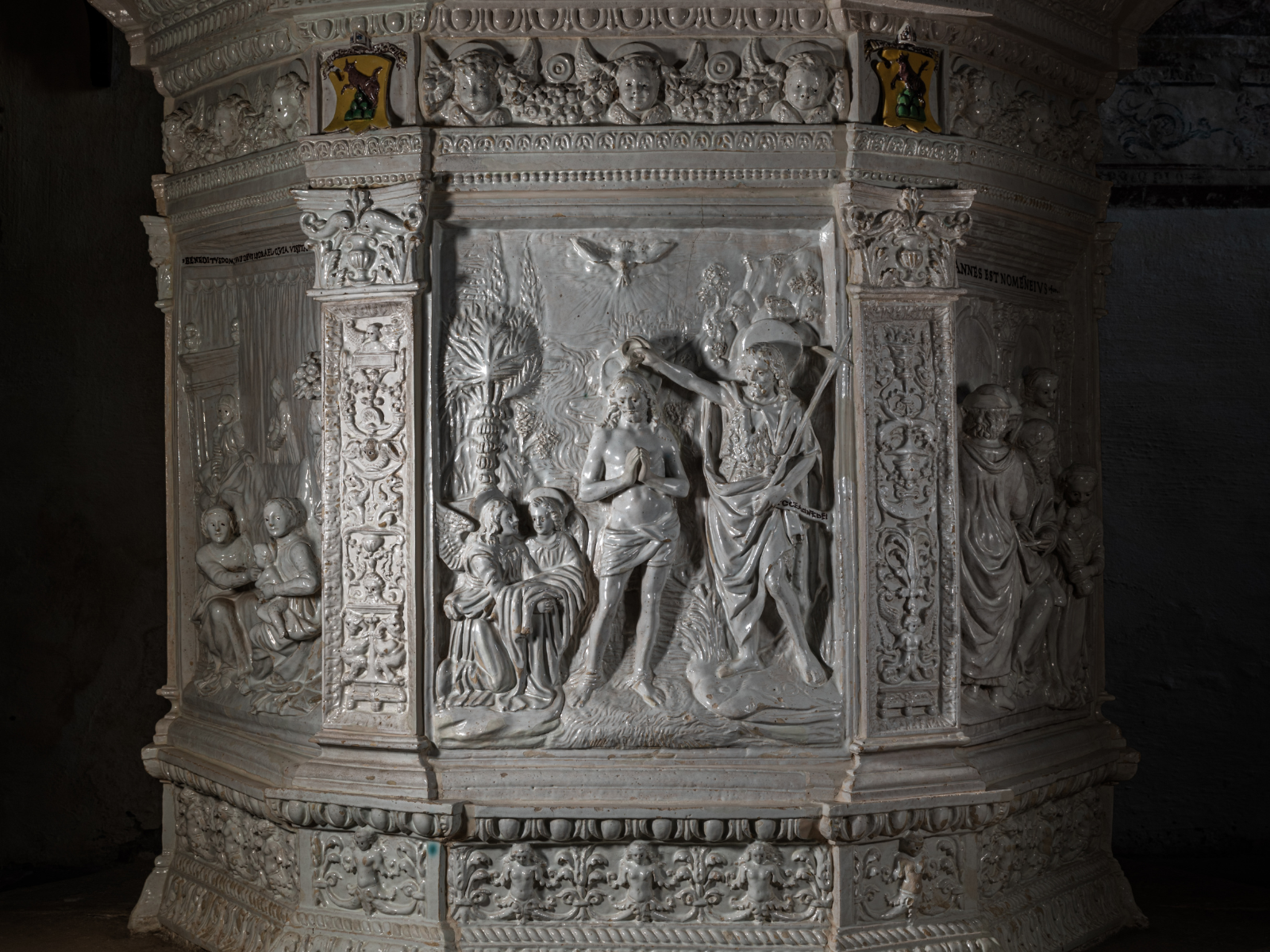
Bucine is yet another Valdarno pearl, with churches of great historical value.
The Pieve di Galatrona houses a baptismal font and ciborium, both in glazed terracotta and both masterpieces by Giovanni Della Robbia.
The Abbey of Badia a Ruoti was founded in the year 1000 then expanded over the centuries. Today, it is an impressive place with a well-preserved cloister and an underground that once housed a granary and icehouse. A work by Neri di Bicci, depicting the Coronation of the Virgin, is behind the high altar.
Laterina Pergine Valdarno: tradition and restoration
The churches in the municipality of Laterina Pergine Valdarno are the result of centuries of remodeling and restoration, preservers of significant works of art.
The Church of San Michele has ancient origins (cited in documents as early as 1056) but its current appearance dates back to works in the 19ᵗʰ and 20ᵗʰ centuries.
The Pieve dei Santi Ippolito e Cassiano houses significant works such as a 15ᵗʰ-century fresco by Fra’ Diamante and a panel by Domenico Puligo depicting the Madonna and Child between Saint Hippolytus and Saint Cassian of Imola.
Cavriglia: history and spirituality among the villages
Cavriglia is a further municipality with a rich religious history.
Although it has lost many of its original features, the Church of San Pietro in Massa dei Sabbioni retains a facade with an ancient emblem that recalls its affiliation with the Hospital of Santa Maria Nuova.
Then in Cavriglia, there is the Church of San Giovanni Battista of Romanesque origin, which still retains its apse and filaretto (rubble masonry), although Baroque alterations have given it its present appearance.
The Valdarno region fascinates with its extraordinary beauty and spirituality. Its churches—from large basilicas to small country oratories—tell stories of faith, art and traditions dating back centuries. Visiting these places of worship is not only an artistic journey but an experience that takes us back to the roots of a land rich in culture and spirituality.











